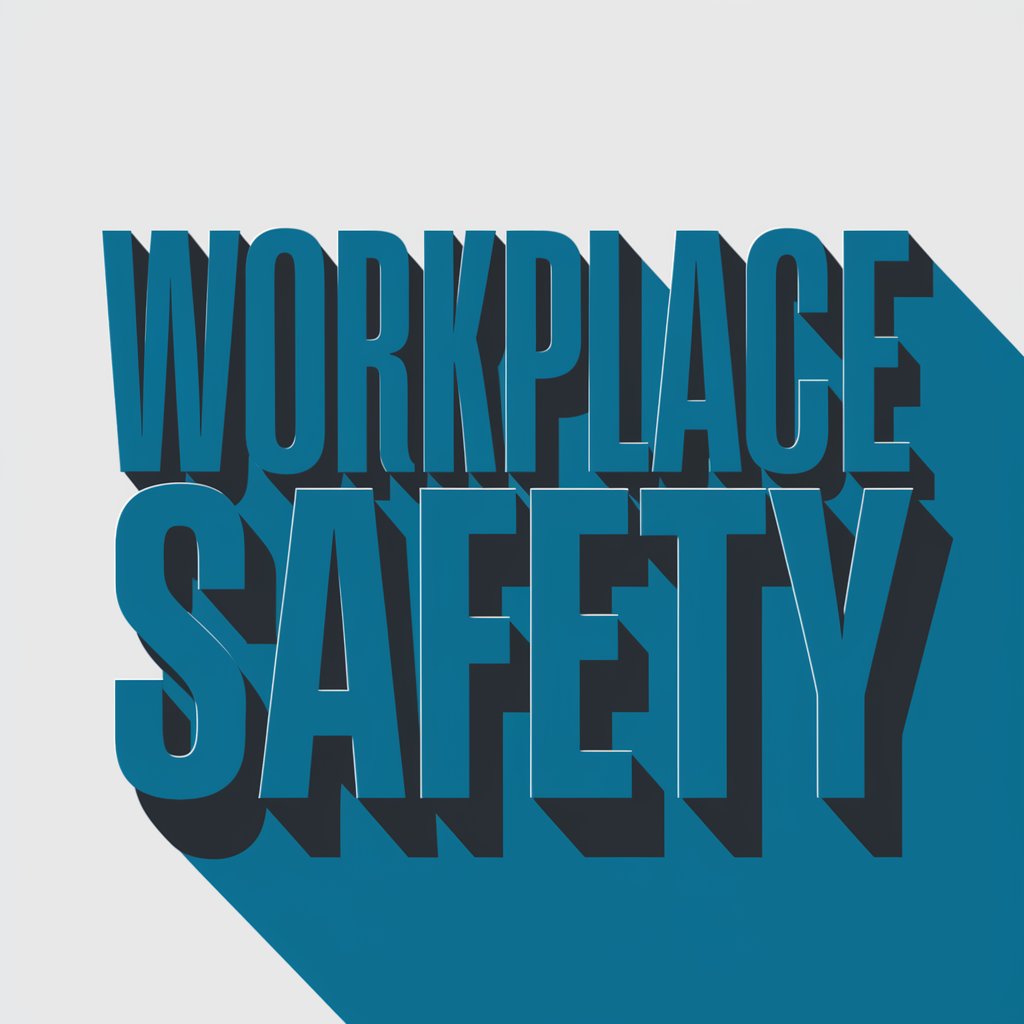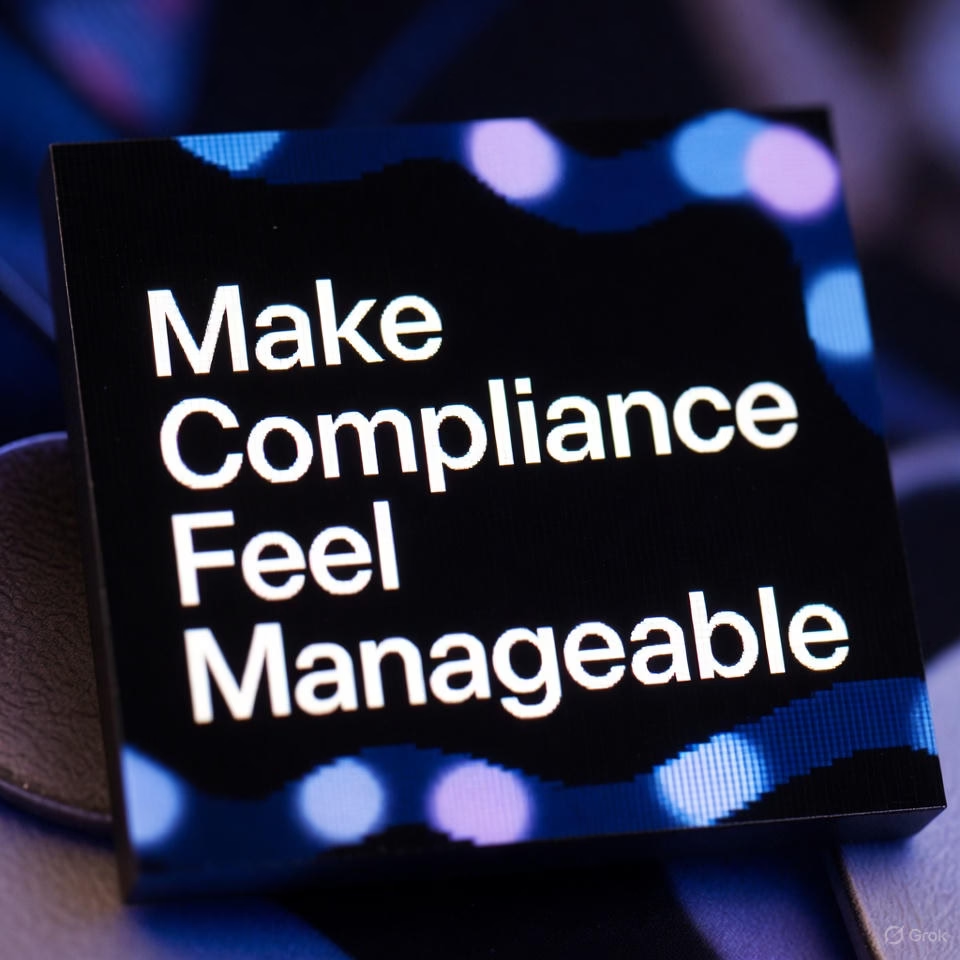Concrete grinding tools are evolving rapidly, reflecting the changing demands of various industries. As technology advances and market preferences shift, businesses must stay ahead of trends to leverage growth opportunities. This article will explore emerging technologies, current performance expectations, sustainability, and potential future innovations in concrete grinding tools that can drive business success.
Advancements in Technology
The concrete grinding industry has witnessed significant technological advancements in recent years. High-efficiency tools featuring diamond technology now dominate the market, providing unparalleled cutting power and durability.
With the introduction of smart technology in some grinding machines, operators can monitor their tools’ performance in real time. The team behind Niagara Machine says that investing in tools with integrated sensors can lead to improved efficiency and performance. These sensors allow operators to detect different things in concrete surfaces and the machine itself, enabling better preparation and conditioning before grinding. As businesses adapt to these changes, having tools equipped with smart technology can distinguish market leaders from competitors.
Sustainability in Concrete Grinding
Sustainability is becoming increasingly crucial in construction and renovation projects. Companies are now searching for environmentally friendly grinding solutions that minimize waste and reduce energy consumption. The trend towards using recycled materials in grinding tools is gaining traction, allowing businesses to appeal to eco-conscious clients and agencies.
Implementing sustainable practices in concrete grinding processes can significantly improve a company’s public image. Eco-friendly grinding techniques solve existing problems associated with harmful emissions and attract a new audience eager to support sustainable businesses. Using tools designed for efficiency can drastically cut power needs and reduce carbon footprints.
Manufacturers are developing grinding equipment with longer lifespans, which reduces the frequency of replacements and conserves resources. Water-based dust suppression systems are gaining popularity as a cleaner alternative to traditional dry grinding methods.
These systems help limit airborne particles while using less harmful materials. Integrating sustainable solutions across the production and operation cycle demonstrates a genuine commitment to environmental responsibility.
Customization and Versatility
Another notable trend is the demand for customizable grinding tools. Different projects often call for varying levels of roughness, speed, and grit. Manufacturers are increasingly offering versatile solutions that allow users to adjust their tools based on specific project requirements. This adaptability is crucial for contractors needing specific results, as it allows for more efficient working processes.
Custom solutions could range from interchangeable grinding heads to adjustable speed controls. Offering personalized options can help businesses stand out from their competitors. It allows operators to fine-tune their tools, leading to improved outcomes and client satisfaction. Taking note of consumer preferences in customization can yield benefits for any business entering or expanding its footprint in this sector.
Increased Focus on Operator Health and Safety
The well-being of operators is gaining more attention, spurring manufacturers to design grinding tools that prioritize safety. Dust suppression technology, for instance, plays a significant role in improving indoor air quality and reducing health risks associated with silica dust inhalation. Companies are encouraged to invest in tools with enhanced ergonomics and protective features.
Advances in dust collection systems can mitigate health concerns for operators while promoting a safer workspace. An investment in safety-focused tools could lead to fewer accidents and traders’ long-term costs, reinforcing the idea that prioritizing health directly correlates with business success.
Protective features like vibration-dampening handles and automatic shut-off systems are becoming more common in modern grinding equipment. These innovations reduce physical strain and minimize the risk of repetitive stress injuries and equipment-related mishaps.
As regulations surrounding occupational health continue to evolve, businesses that proactively adopt safer technologies position themselves as industry leaders committed to both compliance and employee welfare.
Emerging Market Opportunities
New market opportunities are arising as concrete grinding technologies advance. This trend particularly holds in emerging economies experiencing growth in infrastructure development and renovations. With increased urbanization in developing areas, the demand for effective concrete surface preparation tools will rise. Businesses that capitalize on these opportunities might find themselves with a significant market share.
Exploring collaborations, local partnerships, and strategic marketing campaigns can enhance visibility in these regions. As demand for concrete grinding services grows globally, embracing innovative tools can support expansion while driving sustainable results. Concrete grinding is undergoing evolution, fueled by innovations designed to meet market demands.
Adapting products to meet the specific needs and regulations of each market can improve acceptance and customer satisfaction. Companies that offer training and after-sales support may establish stronger relationships and brand loyalty in new territories.
Leveraging local insights and investing in community engagement can further differentiate businesses from competitors. As technological advancements continue to shape the industry, being early adopters in emerging markets can yield long-term advantages.
Keeping an eye on changing trends empowers businesses to implement strategies for growth, ensuring sustainable practices, operator safety, and the incorporation of advanced technologies. Constructing a business plan informed by these elements may well secure a competitive advantage as we move into the future.






